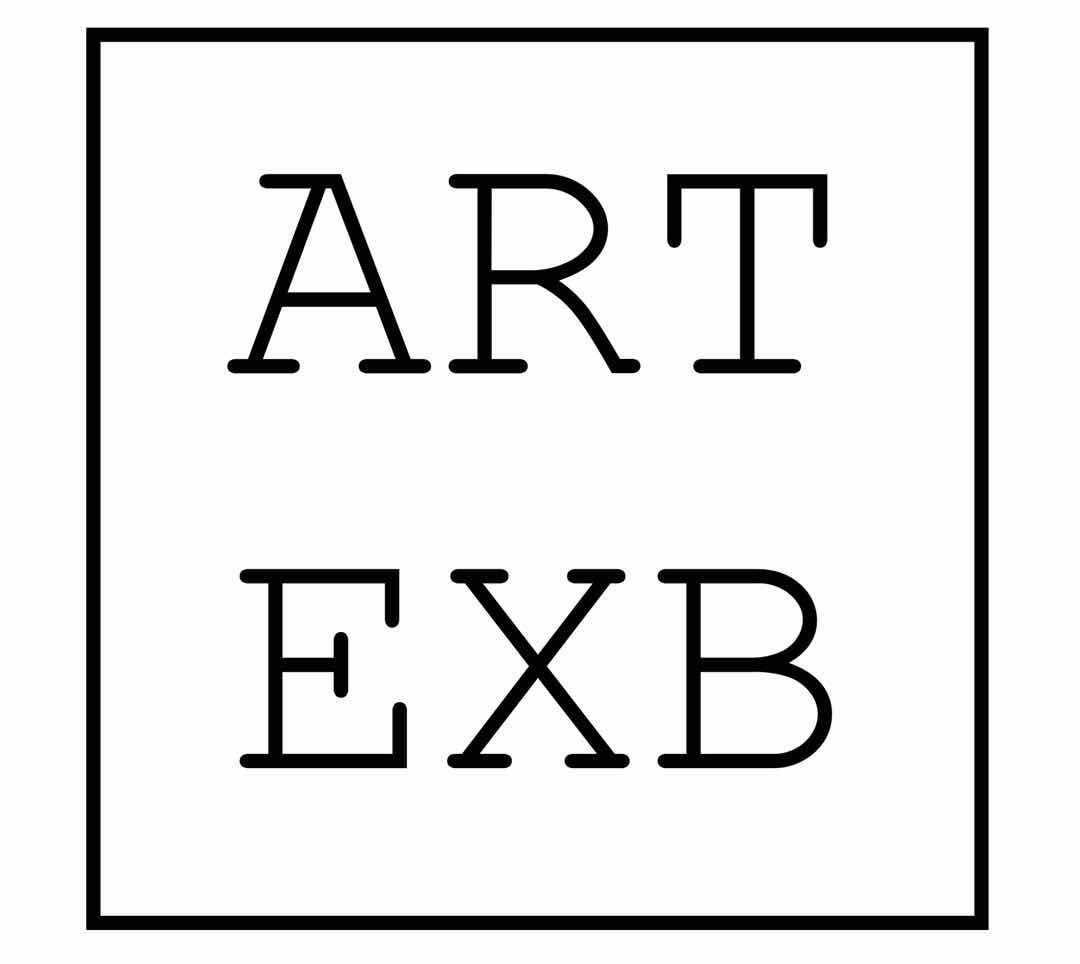这是迄今为止张慧在长征空间所做的第五次个展,距他首次呈现绘画的个展已过去整整十年。本次展览也将是张慧创作生涯的第三次重要转折。第一次转折出现在2006年的“局部地区”,他以绘画为主的作品在长征空间展出,表明了他艺术创作媒介的转向——从以现场感转至以平面绘画为主要手段的叙述模式;第二次转折出现在2009年的“二十一层半”中,张慧以“创造一种存在”的方式取代“表达已存在着的东西”,继而在“空地”(2012)和“广场”(2014)中,张慧反而尽量控制形式语言的部分,逐渐“拾回”描绘方式,创建一种可以成立的结构形式。“拾回”的开启也直接促成了此次个展。
“拾回”的工作方式,及相继被纳入的“承认”、“结构”被作为他近期工作和此次个展的三个关键词,既承接着过去展览中的转向和探究的逐步加深,也直接指向对未来工作的开启。“拾回”即重新认识和找回自己成长过程中所受的影响和教育,无论是好的或者坏的方面,“承认”是对整个艺术史、社会发展历史中被忽视的东西的重新考量,“结构”则是依据前二者的突破所可能出现的新模型,其中既包括现存的,也包括曾经被抛弃的,重新联结在一起,形成互构和共构。回归到作品中,张慧希望能够开启一种新的观看方式——在对过往的观照中,对结构有所延展和丰富。
张慧将过去两年中创作的13件绘画新作分解为七个部分,每个部分的主体创作往往与过去作品中的某一个元素相契合,以层叠式的叙事方式出现。新作中张慧首次使用“护士”形象,这系列作品中出现的皱褶和人形的线条可追溯于“蓝图”系列(2012-2013),画面中交叠了现实场景和虚拟镜像,一幅画中褶皱的表面似织物但是却有肌肉的分量,银色线条穿梭于画面之中,同时担负着构造真实和幻景的作用;救生圈和霓虹灯的形象则从2011年开始反复出现,类似于音乐中的变奏或是小说人物的一再登场,因其并置了有迹可循和陌生的两种感受,而产生叠加的观看效果;透着蓝光的雪景画面则透露着重新结构的可能,与人物肖像融为一体的积雪被提炼而成一幅完全意义上的雪景图,此举消解了作品独立性,使其互相覆盖形成小的章节内的合奏。
在已有的对空间方位、存在物的共构中,往常的张慧作品已经包含了对社会大景观的分析,此次展览作品中,除了以上所述大的框架式的考量,张慧也在其他方面努力重构他的结构。这次,张慧有意将情感元素置入展览结构中,如首次在展览中出现的逾三十件水粉画,张慧从成长过程中“拾回”诸多片段进行创作,以回顾的方式厘清被遗落的历史,依照视觉逻辑将其分配置展厅不同角落。这种碎片化的存在让张慧所要构筑的世界真实并且充满了能动性,它流动起来,再也不是一个固态社会模型中僵持的状态。而情感所带来的普遍的可能性,也足以让张慧所试图构建的“自由的结构”言之有据,并且可以被作为存在物 而“凝视”,而另一方面,个人情感的置入和指引,也让艺术家有机会摆脱宏大叙事,从个人经验的角度,有感而发。
This is Zhang Hui’s fifth solo at Long March Space since his first show which first presented his paintings a decade ago. This exhibition marks a third important turning point in Zhang Hui’s creative career. The first turning point appeared in the 2006 “Partial Zones” exhibited at Long March Space that gave priority to his painting and marked a clear trajectory in the medium of his artistic practice by shifting from a sense of on-site presence to the flat surface of painting as the focused means of narrative form. The second transformation took place in the 2009 “21st Floor and a Half”, in which Zhang Hui “created a form of existence” as a means to supersede “the expression of already existing things”. In “Groundless” (2012) and “Plaza” (2014) which followed upon this, he conversely did his utmost to control the components of the form of language, gradually “retrieving” a descriptive means to establish a tenable structural form. With “retrieve” acting as the impetus that directly gave form to that exhibition.
In addition to the aforementioned “retrieve”, the terms “recognition” and “structure” should be incorporated into his working methods as three of the keywords to his recent work and this current exhibition. The current exhibition carries on the transformations and deepens the probing of previous exhibitions, also directly touching upon the direction of the inspiration for his future work. “Retrieve” also re-examines and searches back at the influences and education the artist was informed by during his personal process of growth, the good and the bad. “Recognition” is a re-assessment of all those things overlooked in art history and the history of social development, whereas “structure” works in accordance with the other two to break through all new patterns and structures which can appear. Amongst these patterns one can count those still extant and those which have already been abandoned “pluralistically” linked together to form “mutual-structures” and “co-structures”. Returning to the works, Zhang Hui hopes that they will suffice in inciting off a new viewing method, and re-summarize his past works whilst progressing towards a more extended and abundant structure.
Zhang Hui has resolved 14 paintings created in the past two years into seven new sections. The creative object of each section corresponds in some way to certain element present in his past works, appearing in a multilayered narrative methodology. In these new works, Zhang Hui for the first time utilizes the form of the “Nurse”, and this series of works reveals in its creases and human forms the following of a thread which can be traced back to the “Blueprint” series (2012-2013) which layered scenes of reality and fictitious imagery on the canvas. The creases on the surface gave each painting the feel of fabric, but still with a very real sense of muscle behind it: silver threads scuffling back and forth across the surface of the canvas simultaneously shouldering the burden of the construction of the effect of both reality and illusion. Life buoys and neon lights began to repeatedly appear in his work beginning in 2011, like a sudden shift in tune or the reappearance of a figure in a novel, these instilled both traceable and unfamiliar feelings to his works and created a multi-layered visual effect. The snowy scene penetrating through the blue light of the canvas also reveals the possibility of a renewed structure, and the fusing together of human portraits into a single entity like accumulated snow is refined to take the form of a completely meaningful snowy landscape. This act eliminates each paintings’ independence, instead allowing them to mutually overlap to each form but a section of the overall ensemble.
In a co-structure with an existing position and composed of existing objects, Zhang Hui’s works would usually already encompass a wide analysis on social reality. In this exhibition, in addition to the aforementioned frame-like considerations, Zhang Hui restructures his own world from different angles. He purposefully implants emotional elements into the structure of the exhibition, and like in the more than thirty watercolor paintings which appeared in his first show, he “retrieves” a great many fragments from his process of growth to continue his creations, as well as methods of retrospection to clarify lost remnants of history and installs these according to a visual logic within different corners of the exhibition space. The existence of this fragmentation allows the constructions of Zhang Hui’s world to be filled with their own dynamism; they begin to flow and cease to be fixed societal models in stasis. The universal possibilities attributed to the addition of emotion also suffice to give the “free structure” and speaking on good grounds of attempted constructions(which can furthermore be taken as “staring” at existing beings and on the other side, as the addition and direction of personal emotion), the artist an opportunity to cast aside any heroic narratives and start out from the position of individual experience.
